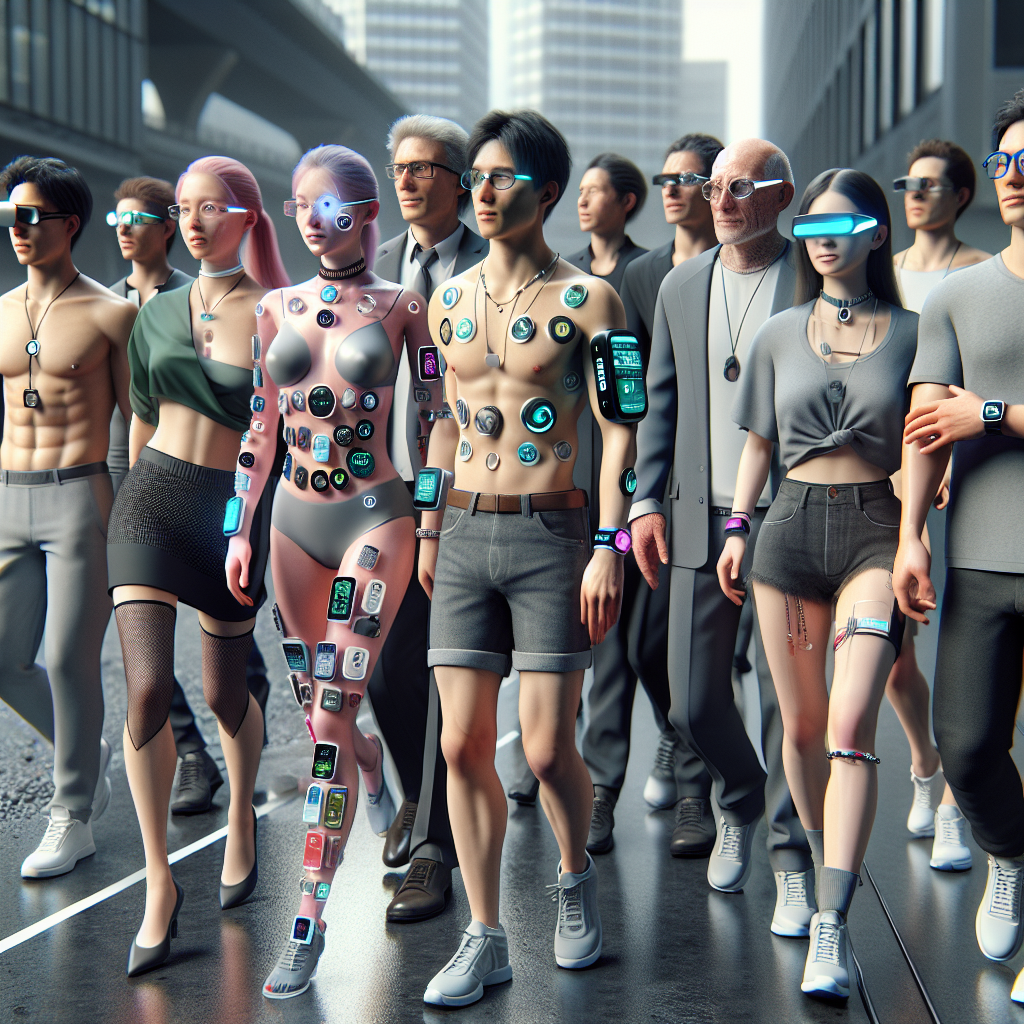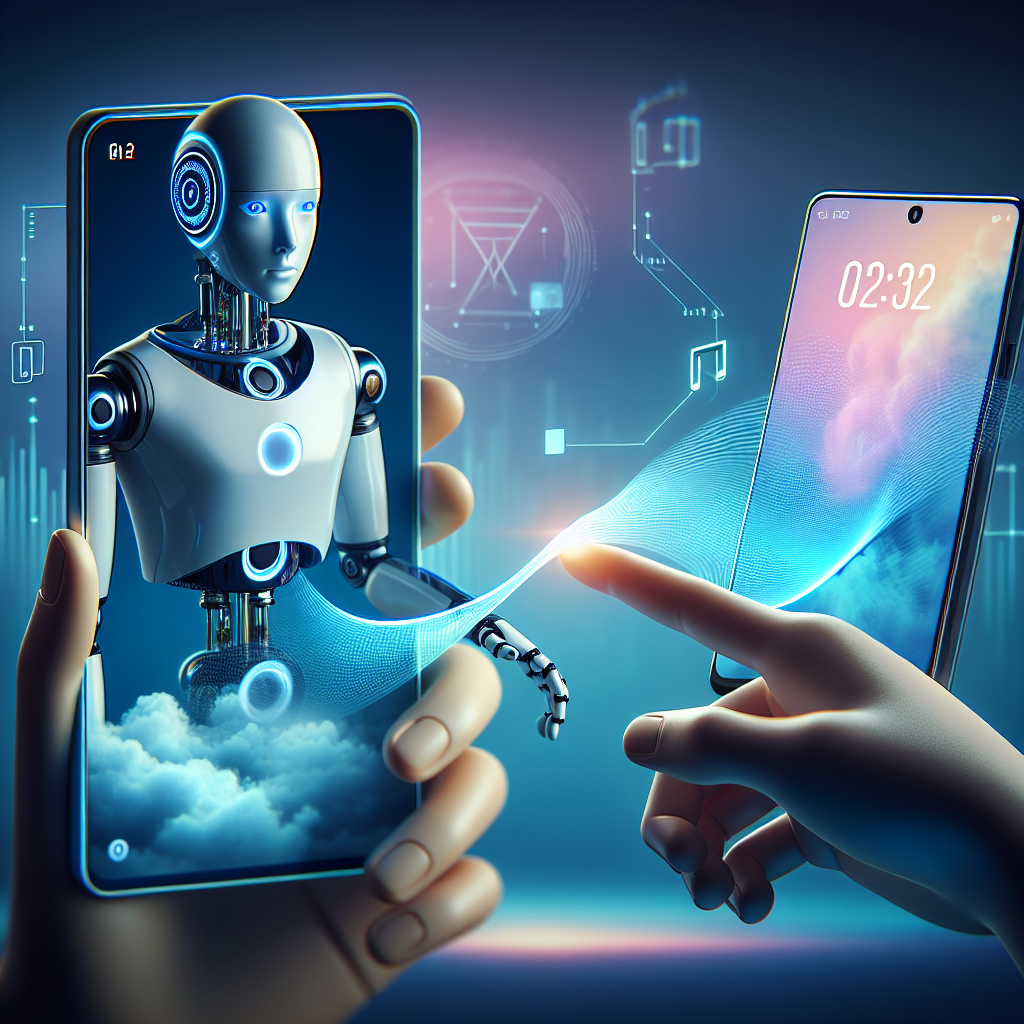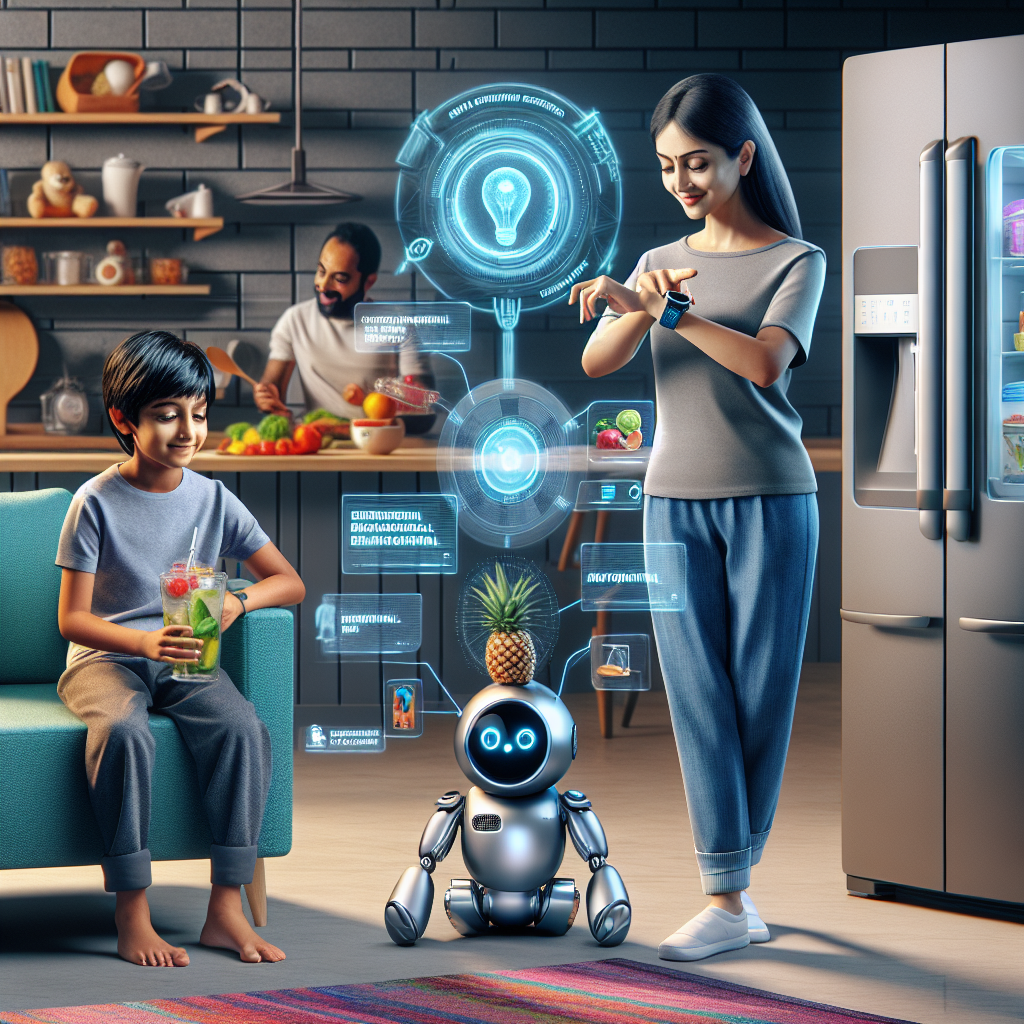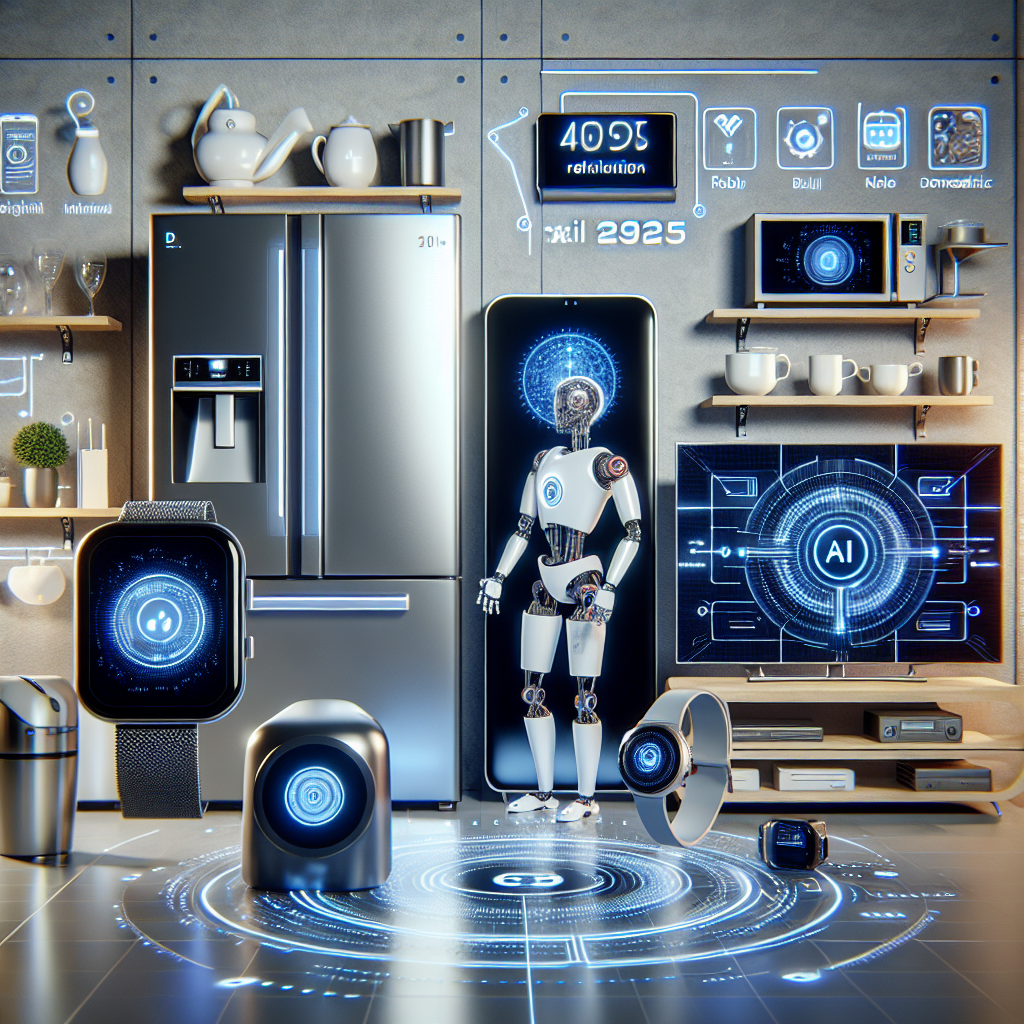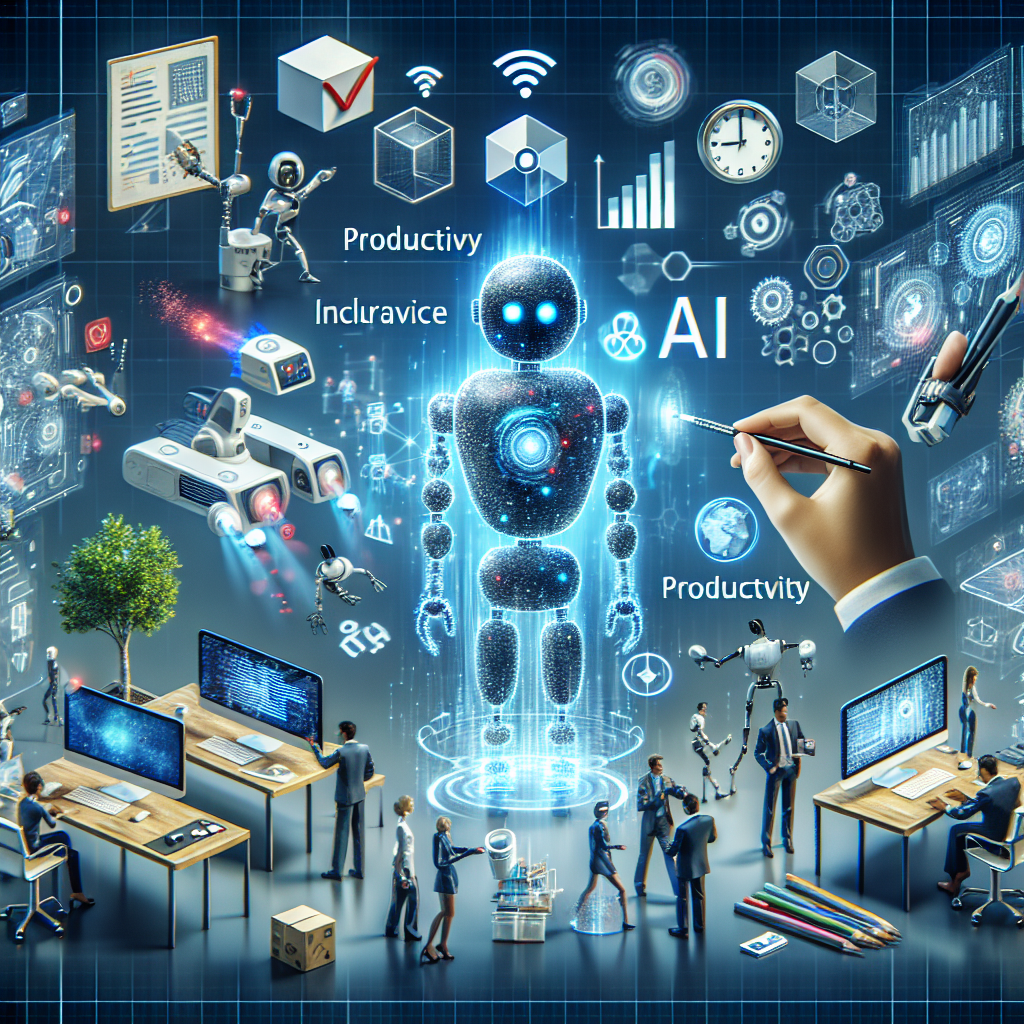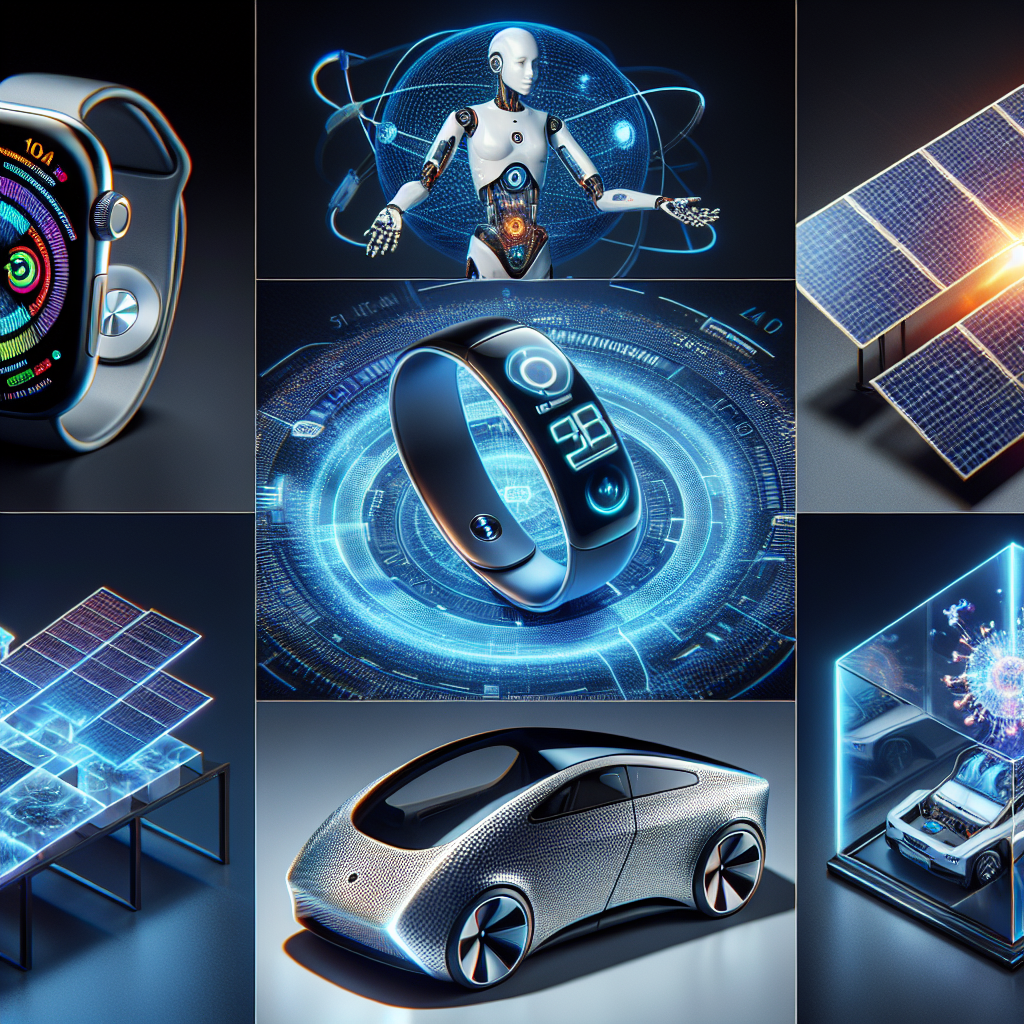Unlocking the Secrets: What Your Smartphone Data Reveals About You
Smartphones are not just communication devices—they are powerful tracking hubs silently collecting vast amounts of data about our habits, preferences, and behaviors. Whether we realize it or not, the smartphone data generated every day paints an intricate portrait of who we are. This powerhouse of information can feel either profoundly useful or downright unsettling. As we navigate an increasingly digital world, understanding the scope and implications of smartphone data becomes essential.
What Exactly Is Smartphone Data?
Smartphone data refers to the digital footprints and information your phone collects and stores. This includes more than just your contacts and apps; it encompasses location history, browsing habits, app usage patterns, biometric data, and even sensor outputs like accelerometer readings.
Types of Smartphone Data Collected
– Location Data: GPS tracking that maps your movements throughout the day
– App Usage: Time spent on different applications and interaction logs
– Communication Logs: Call and text history, sometimes even content metadata
– Sensor Data: Accelerometer, gyroscope, and proximity sensors reveal physical activity
– Browsing and Search History: Web pages visited and search queries entered
– Personal Content: Photos, videos, contacts, emails, and calendar entries
This extensive collection creates a detailed profile that companies and apps can analyze to deliver personalized services—or, in less ideal scenarios, exploit for commercial or invasive purposes.
How Is Smartphone Data Used?
Your smartphone data fuels many conveniences in modern life:
– Personalized recommendations on streaming and shopping platforms
– Targeted advertising based on recent searches and locations
– Improved app performance through usage analytics
– Enhanced security features using biometrics and behavior patterns
– Location-based services like navigation and weather updates
However, it also raises concerns about privacy when data is shared without explicit consent or adequate safeguards.
Privacy Concerns Surrounding Smartphone Data
The wealth of smartphone data can empower or endanger users, depending on how it is handled. Unauthorized access or misuse can lead to identity theft, unwanted profiling, or surveillance.
Risks and Vulnerabilities
– Data Breaches: Hackers accessing sensitive information stored on phones or cloud backups
– Tracking and Profiling: Companies aggregating data to create intrusive user profiles
– Third-Party Sharing: Apps selling data to advertisers or other entities without clear disclosure
– Government Surveillance: Authorities accessing data for law enforcement or monitoring purposes
– Device Theft: Physical loss leading to compromise of stored information
These risks underscore the need for stronger protections and greater transparency about smartphone data collection.
Legal Frameworks and User Rights
Several laws and regulations aim to protect users’ smartphone data rights:
– GDPR (General Data Protection Regulation) in Europe enforces strict control over personal data
– CCPA (California Consumer Privacy Act) grants users rights over data collected in California
– Other countries and regions are gradually enacting similar laws
Despite these regulations, many users remain unaware of how to exercise their rights or protect their data effectively.
How to Take Control of Your Smartphone Data
Given the potential risks, it’s vital to proactively manage your smartphone data. You can take actionable steps without sacrificing the convenience your device offers.
Practical Tips to Safeguard Your Data
– Review App Permissions: Regularly audit apps and disable unnecessary access to your location, contacts, or camera
– Use Strong Authentication: Set up two-factor authentication and complex passcodes
– Update Software: Keep your operating system and apps up to date to patch security vulnerabilities
– Manage Location Settings: Limit apps’ access to your GPS data; disable location sharing when not needed
– Employ VPNs: Use virtual private networks to encrypt data transmissions over public Wi-Fi
– Delete Unused Apps: Remove apps you no longer use to reduce potential entry points for data leaks
Leveraging Built-In Privacy Tools
Modern smartphones offer features designed to enhance privacy:
– iOS Privacy Dashboard: Monitors app access to sensors and data in real-time
– Android Permission Manager: Lets you control permissions granted to each app
– Encrypted Messaging: Apps like Signal or WhatsApp secure communication end-to-end
– Incognito Browsing: Prevents saving your browsing history in web browsers
Using these tools routinely helps maintain better control over your smartphone data.
The Upside: When Smartphone Data Benefits You
While concerns about privacy are valid, smartphone data also delivers remarkable benefits.
Personalized Experiences and Convenience
Smartphone data enables smart assistants like Siri or Google Assistant to anticipate your needs. It curates playlists tailored to your musical tastes, helps you discover nearby restaurants you might enjoy, or even monitors your health by analyzing your walking patterns and heart rate.
Enhanced Security and Emergency Features
Location sharing can quickly bring help during emergencies. Features like Find My Device help locate lost phones, and biometric data like fingerprint or facial recognition secures your device without cumbersome passwords.
Insights Through Data Transparency
Some apps now show you how they use your data, helping you make informed choices. Transparency reports from companies reveal what data is collected and for what purpose, promoting trust and accountability.
Looking Ahead: The Future of Smartphone Data
The relationship between users and smartphone data is evolving rapidly. Emerging technologies will deepen data collection but also improve ways to protect and empower users.
Advances in Data Privacy Technologies
– Differential Privacy: Techniques that anonymize data sets to protect individual identities
– Edge Computing: Processing data locally on devices to reduce cloud exposure
– Decentralized Data Models: Giving users control and ownership of their own data
– AI-driven Privacy Tools: Automated scanners identifying risky apps or settings
The Role of Regulation and Consumer Awareness
Stronger regulations and greater user education will be pivotal. As consumers grow savvier, demand for ethical data practices will push industries toward transparency and respect for privacy.
Taking Charge of Your Digital Footprint Today
Understanding smartphone data is the first step toward reclaiming control over your digital life. Recognize how much your device knows about you and the power that data holds. Use available tools and smart habits to safeguard your privacy without forsaking the benefits technology offers.
If you want to enhance your smartphone’s security or learn more about managing your data effectively, don’t hesitate to reach out. Visit khmuhtadin.com for expert guidance tailored to your needs.
Your smartphone might know a lot about you—make sure you’re directing how that knowledge is used.


